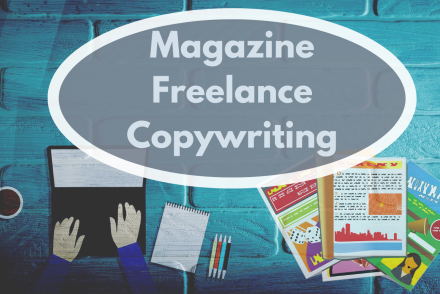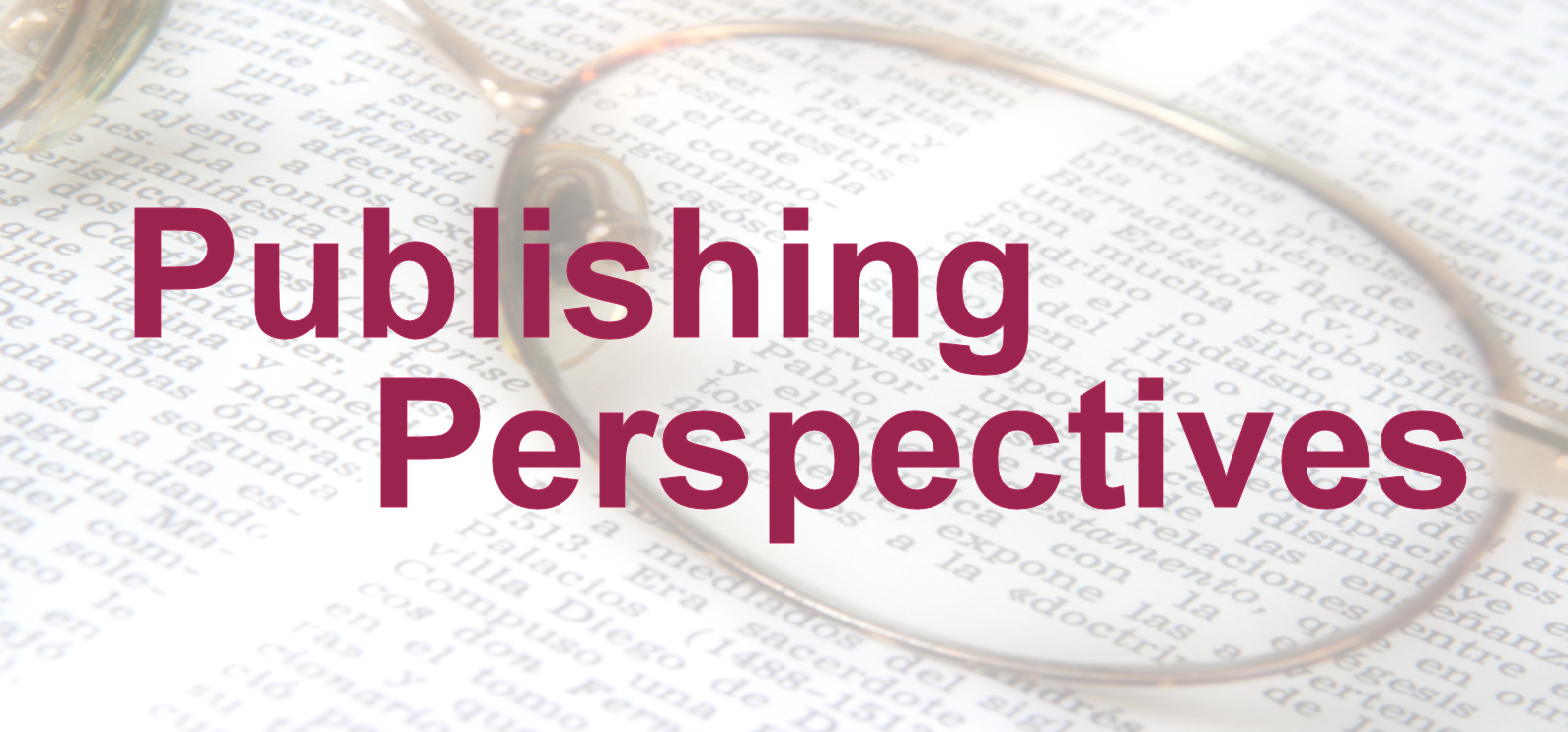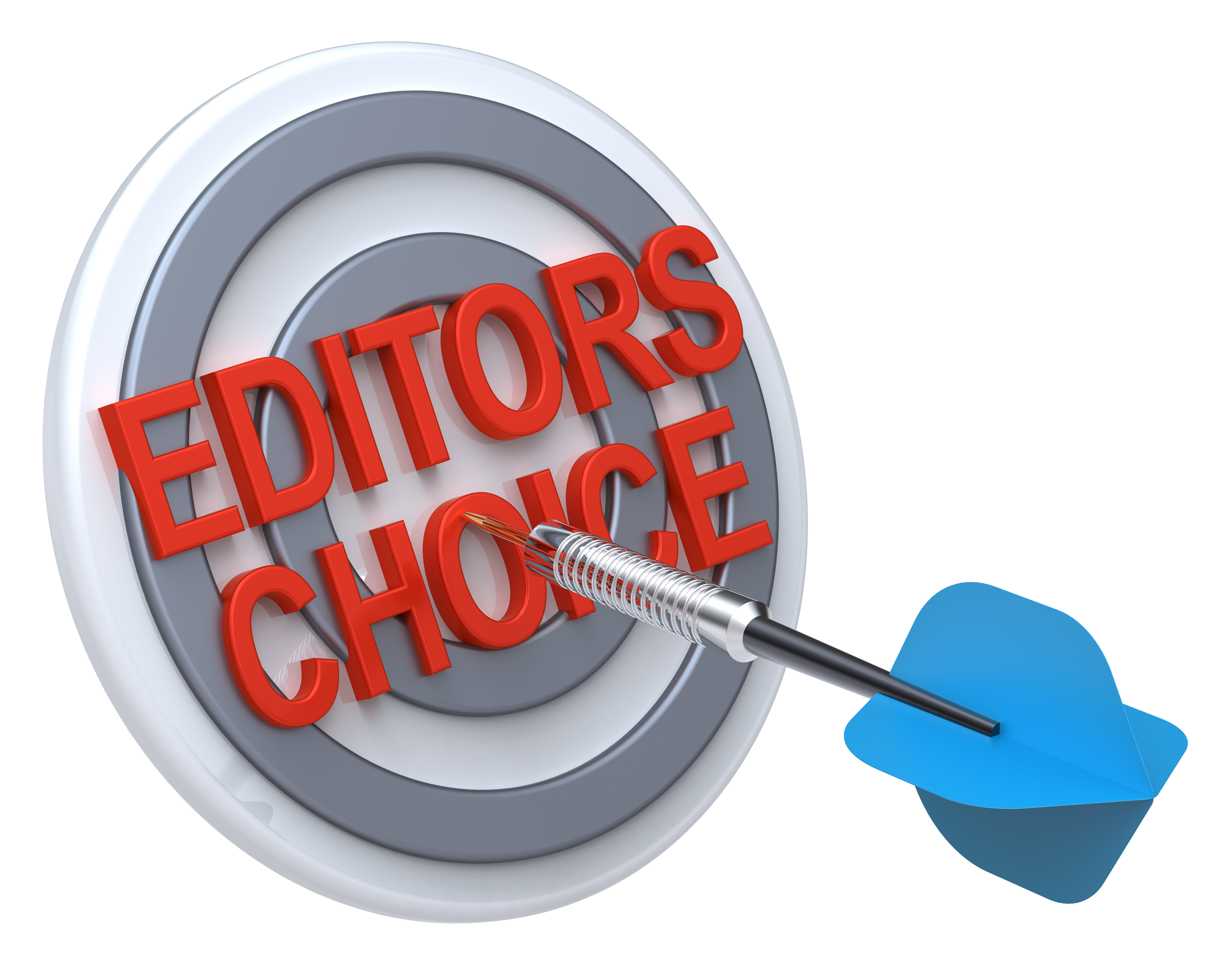
From Consumption to Contribution: Libraries as Centers of the Circular Economy
There’s little doubt that excessive consumption is harming communities and the environment. For one, the manufacturing processes produce vast…
March 14, 2024
There’s little doubt that excessive consumption is harming communities and the environment. For one, the manufacturing processes produce vast…
March 14, 2024
“Can I really compare my book with a bestselling author’s book?” “Why do I need this? Won’t I shine…
October 25, 2018
Have you ever picked up a book and after a few pages, put it down saying, “This isn’t…
October 14, 2017
Have you ever noticed how some authors tend to focus too much on writing certain fiction elements, yet ignore…
October 9, 2017
Welcome to Publishing Perspectives! I’ll be talking about all things publishing. Let’s start with an overview of the publishing…
July 21, 2017
What is it about a story that makes it compelling? Is it the characters? Is it the plot? Is…
August 17, 2015
Punctuation and grammar come easily to me. I remember rules from elementary school, can recite a whole list of…
August 10, 2015